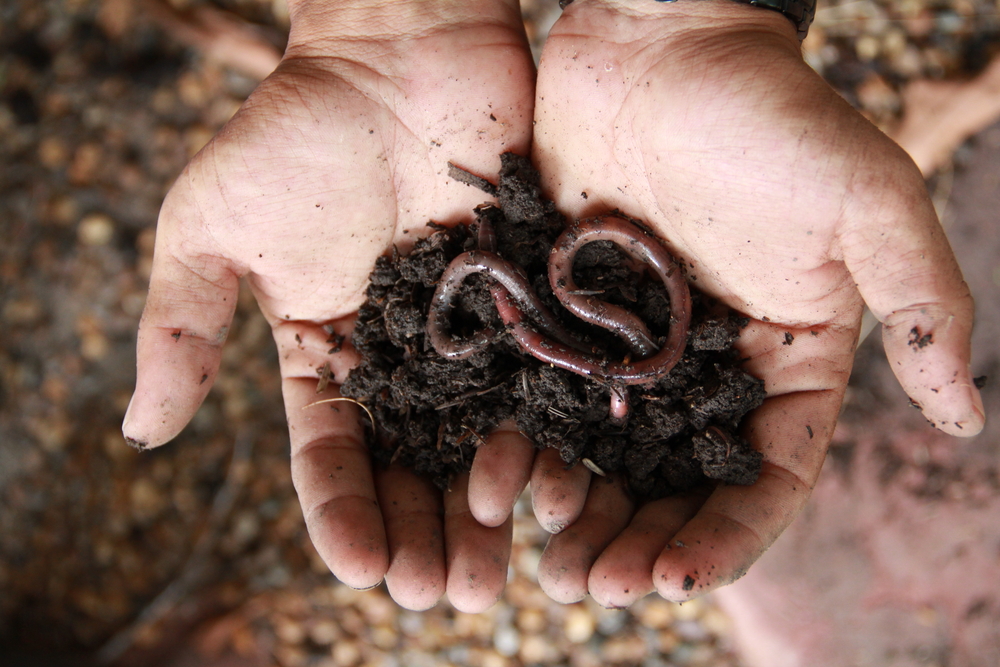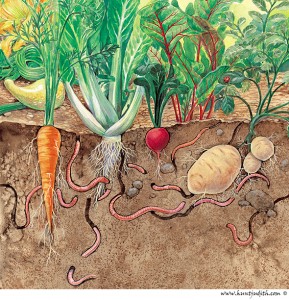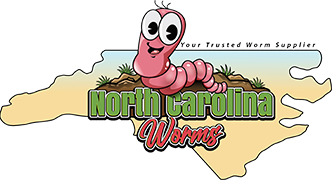North Carolina Worms - Questions
Not known Details About North Carolina Worms
Table of ContentsThe Buzz on North Carolina WormsAbout North Carolina WormsThe smart Trick of North Carolina Worms That Nobody is DiscussingThe Only Guide for North Carolina Worms
Example: 1-gallon of worm castings to 4 gallons of potting mix. 1/2 mug in the base of the growing hole for smaller plants. 1 mug for bigger plants.
The addition of tea can likewise include enhanced microbial biomass to your soil. You can constantly side-dress your plants with worm castings at any kind of time. Just bear in mind, the bacteria will certainly die if exposed to UV rays (Sun), so make certain to cover the spreadings with an inch or two of soil.
This baffled them for years up until the testing techniques came to be better. It would certainly obtain better(with even more spreadings), degree off, and then decrease. Too several worm castings would certainly increase the growth to a pace that the plant can not recoup from.
About North Carolina Worms
Many herbicides service this very same principle. So, 20% by volume appears to be the "Sweet Area". I have clarified the virtues of worm spreadings for regarding 2000 words. What about the opposite side of the coin? Nothing is best. Worm spreadings are no various. It takes some time to produce top quality worm castings.
You can acquire them which causes number 2. Worm castings certainly set you back greater than chemical plant foods. Nonetheless, worm spreadings get on the cheaper end of natural plant foods. You will certainly need to choose what is extra crucial. It is simple to produce percentages of worm castings. (50 gallons each year) It is a much more difficult and really costly financial investment to generate large amounts of worm spreadings (Where to buy worms in NC).

Developing a healthy and balanced soil might be the best benefit of worm castings. We reviewed worm castings NPK and additionally the proper nutrient analysis that need to apply to worm castings.
The 30-Second Trick For North Carolina Worms
We chatted concerning some of the drawbacks associated with worm spreadings. I covered a whole lot of material in this write-up.
The vertical burrows are typically open, although the worms cover the leading with residue and excrement. Roots require oxygen for their growth, whereas they produce carbon dioxide that requires to leave the soil.
Earthworms boost porosity by 2 systems: (1) by producing long-term burrows, and (2) by boosting dirt gathering. Aggregation is enhanced by the mixing of dirt and natural issue in the earthworms' digestive tracts. Lake James Bait. These highly secure accumulations are deposited by some earthworms in their burrows, and by others at the surface area of the soil


In one more research study, earthworms were estimated to eat 4 to 10 percent of the leading 6 inches of the dirt yearly. This only goes to show the substantial amounts of soil that can be processed by earthworms. Soil compaction minimizes the porosity of the dirt. Since earthworms boost porosity, they lower the results of compaction.
The Ultimate Guide To North Carolina Worms
Normal earthworm populaces can easily eat 2 lots of completely dry issue per acre per year, partially absorbing and mixing it with soil. The significance of earthworms to mix surface deposit with soil comes to be really clear in dirts that do not have any kind of earthworms. A lot of our Pennsylvania dirts have at least some earthworms, and the effect of their total absence, for that reason, can not be noted.
(http://www.bitcoins.directory/united-states/lenoir/global/north-carolina-worms)In these dirts, the development of topsoil with reasonable raw material material did not occur, leading to inadequate plant development. Once the reason was established, the federal government of the Netherlands began a project to introduce earthworms. After the intro of the earthworms, a dark topsoil layer was developed, and crop growth raised considerably.
They live primarily from partially disintegrated organic issue that is already incorporated in the soil. These species ingest large quantities of soil that they mix with absorbed crop deposit in their digestive tracts.
Their burrows remain open, although they top the top with plant residue that they pull to the entryway. These varieties ingest considerable amounts of dirt that they blend with absorbed residue in their guts. Their waste matter is mainly transferred at the surface of the soil. The nightcrawler Lumbricus terrestris is the most famous participant of this team.